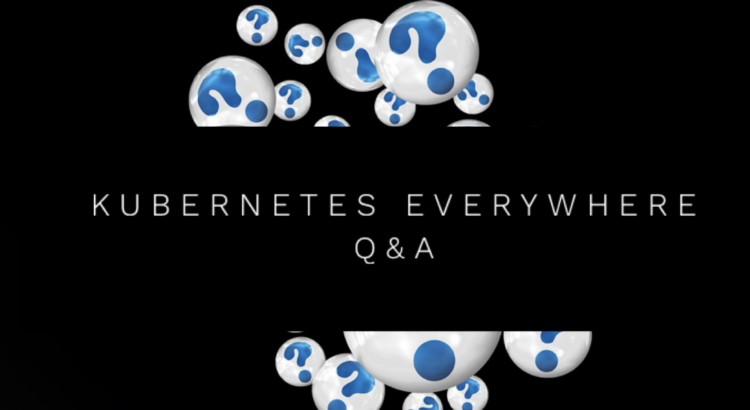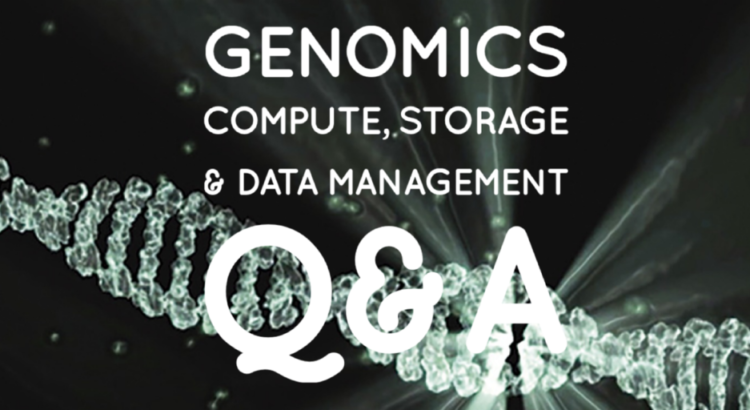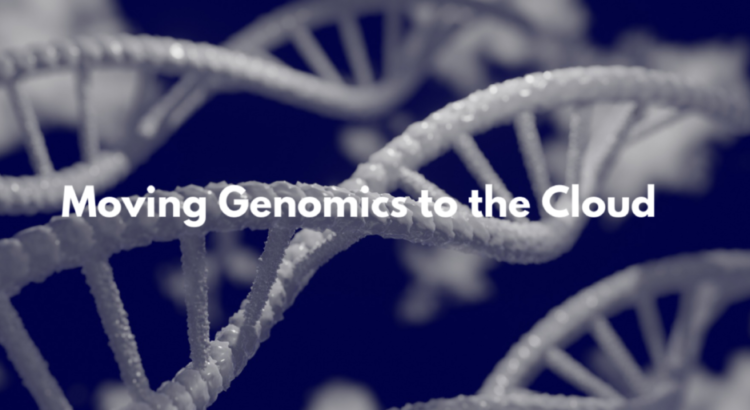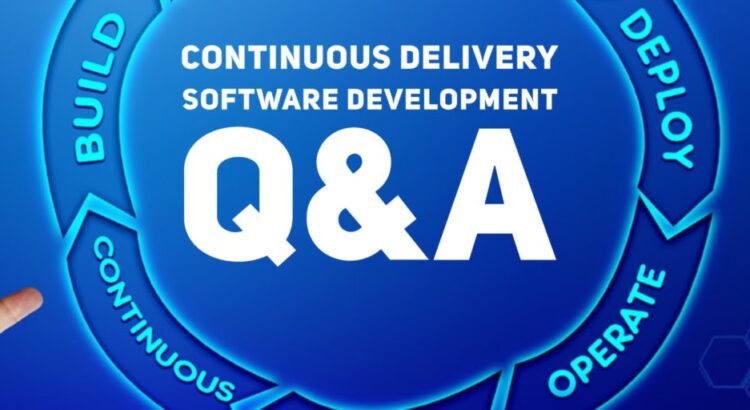Earlier this month, the SNIA Cloud Storage Technologies Initiative hosted a fascinating panel discussion “Kubernetes is Everywhere: What About Cloud Native Storage?” where storage experts from SNIA and Kubernetes experts from the Cloud Native Computing Foundation (CNCF) discussed storage implications for Kubernetes. It was a lively and enlightening discussion on key considerations for container storage. In this Q&A blog, our panelists Nick Connolly, Michael St-Jean, Pete Brey and I elaborate on some of the most intriguing questions during the session.
Q. What are the additional/different challenges for Kubernetes storage at the edge – in contrast to the data center?
A. Edge means different things depending on context. It could mean enterprise or provider edge locations, which are typically characterized by smaller, compact deployments of Kubernetes. It could mean Kubernetes deployed on a single node at a site with little or no IT support, or even disconnected from the internet, on ships, oil rigs, or even in space for example. It can also mean device edge, like MicroShift running on a small form factor computer or within an ARM or FPGA card for example.
One big challenge for Kubernetes at the edge in general is to provide a lightweight Read More









